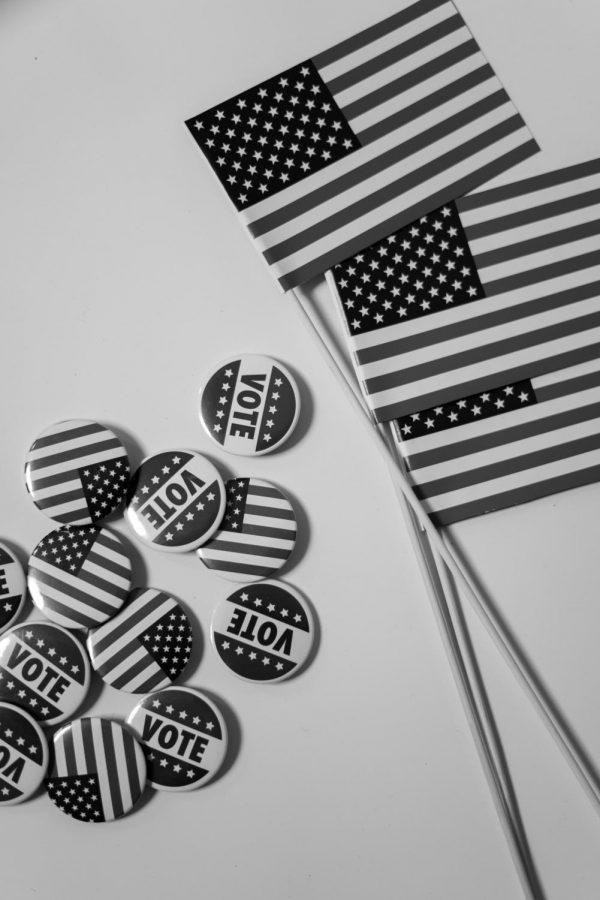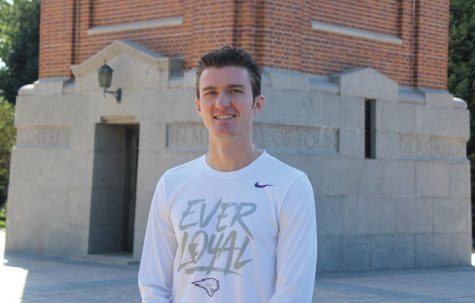Taking a look at 1968 vs 2020 election years
Sep 8, 2020
Picture this: there’s an election year in which there’s global unrest and turmoil, mass protesting in American cities, a Republican nominee running his campaign on the message of law and order and the “silent majority,” while the Democrats are running a former establishment vice president as their nominee and widespread uncertainty for the future of America. If this sounds like the year 2020, you’d definitely be right. But there was another time in American history which has an eerily high amount of similarities as this year: 1968. The Vietnam War was sparking countless anti-protests in American cities and college campuses, coinciding with the worldwide fear of the spread of Communism, similar to how the COVID-19 pandemic has turned the world upside down. Republican presidential nominee Richard Nixon would end up making “law and order” a central theme of his campaign in response to many of the riots in American cities, similar to how President Trump has begun using the same mantra in response to riots in Kenosha, WI and Portland, OR, among other places. In 1968, similar to the 2020 Democratic primary season, the party was split on nominating a more progressive figure like U.S. Senator Bobby Kennedy or a more centrist figure Vice President Hubert Humphrey. With all of these factors in play, it’s no wonder that in both 1968 and 2020 that America’s future seemed uncertain.
The 1960s were a tumultuous time for the United States. Landmark civil rights legislation would be signed into law after decades of peaceful protests led by Martin Luther King, Jr. A new counterculture, led by the anti-war movement, swept through college campuses and society as a whole. Prominent leaders such as John F. Kennedy, MLK and Bobby Kennedy would be assassinated during the decade, creating a nation fraught with grief. Due to such turmoil and unrest, people decided to take to the streets. While some protests would be orderly, some would delve into violence. As a result, the Republican nominee for Richard Nixon promised to restore law and order in the streets if elected. The eventual Democratic nominee, Hubert Humphrey, had waited for a prolonged period of time to denounce the Vietnam War at the demands of many of the collegiate protestors, creating a divide in the party and an extremely turbulent Democratic convention.
Much like Nixon, Trump has made law and order a main theme of his re-election campaign. In response to over three months of violence in Portland, OR, and other violence in American cities, Trump has promised to bring the United States back to a nation of laws if re-elected, and is counting on the “silent majority” of voters to do so. Nixon had coined the term during the ‘68 election, referring to the number of voters who support him is actually greater than perceived, because many people either did not want to publicly show support for Nixon or they preferred to keep to themselves. Trump has repeatedly cited the silent majority as a large part of his support group, as many people nowadays are reluctant to publicly show support for the president out of fear of backlash.
With the Vietnam War dominating the headlines during the 60’s, one can easily draw comparisons to the COVID-19 pandemic of 2020. Political leaders in both years were scrutinized by their responses to such events, and being that they both took place in an election year means every action taken would be under a microscope. Both events would be highly politicized into the run-up towards the election, as both sides of the political spectrum attempted to score political points off of their opponents’ actions.
History is oftentimes a good indicator of the future. Throughout human history, there are countless examples of societies that we can study in order to not make the same mistakes. 1968 is a more recent example of American society, but if that year is any indication, the presidential election of 2020 will likely be turbulent and closely-contested.









